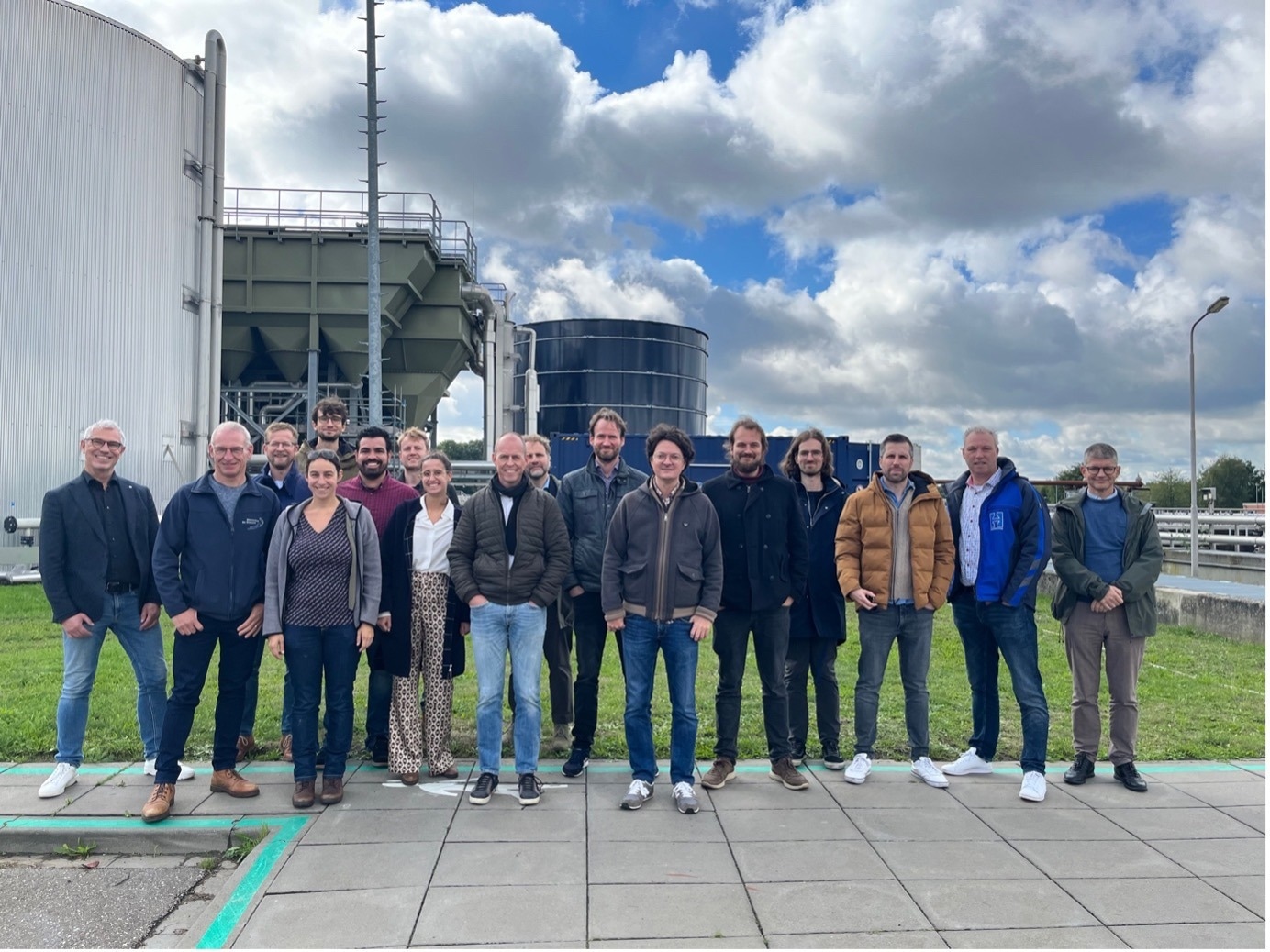Water treatment standards have evolved through time since they were first introduced in ancient Greece when water was filtered and exposed to sunlight to enhance its aesthetic qualities.
 DARROW consortium members met at RWZI Tilburg, Netherlands, the water resource recovery facility that will be used as a demonstration site for the project. Image Credit: European Science Communication Institute
DARROW consortium members met at RWZI Tilburg, Netherlands, the water resource recovery facility that will be used as a demonstration site for the project. Image Credit: European Science Communication Institute
Over the course of the 17th, 18th, and 19th centuries, a considerable change took place. The industry was forced to create new water sanitation methods due to the discovery of microbes and emerging concerns such as the cholera outbreak.
The emphasis shifted from appearance to health. Some innovations then included desalination, chlorination, and even the construction of the first wastewater treatment facility.
The sector is going through a significant upheaval once more due to current issues including water scarcity, climate change, and the move to alternative energy. In the wastewater treatment sector, resource recovery and energy efficiency have taken center stage.
The new objective is to obtain safe and clean water while also using the process to produce resources. According to Eurostat, organic compounds from wastewater could satisfy 13% of the EU’s annual requirement for fertilizer nutrients and produce enough electricity for 25 million homes.
Due to this, wastewater treatment plants (WWTPs) are changing their focus, and individuals are starting to think of these installations as water resource recovery facilities (WRRFs).
This shift is intended to be accelerated through the EU-funded project DARROW, which stands for driving the future of wastewater treatment using data intelligence. The project’s goal is to turn wastewater treatment facilities into more independent and power-efficient water resource recovery facilities.
To create real-time forecasts, DARROW will analyze the composition of the wastewater and use data production, software sensors, and anomaly detection. The facilities’ level of autonomy will rise due to these techniques, which will also give plant operators feedback.
One of the largest water recovery facilities in Southern Netherlands, the wastewater treatment facility RWZI in Tilburg, will install the technology. The project’s goal is to maximize resource recovery from particular processes, such as anaerobic digestion and secondary treatment operations, while maintaining plant efficiency as a whole.
By doing this, the engineers anticipate using 20% less energy and emitting 50% more phosphorus from the slug by biological means than in conventional water treatment plants, while also eliminating 5% more nitrogen.
However, it is important that we develop trustworthy and explainable AI. This is why our system will not only offer recommendations but also a clarification of why such a recommendation has been given.
Ion Irizar, Project Coordinator, Universidad de Navarra
He stated that DARROW should be viewed as a user-centered solution, with active participation required from plant operators both during the development process and as system validators.
Eight partners from four different European nations are a member of DARROW: Spain, Belgium, the Netherlands, and Germany. The consortium came together in Tilburg, Netherlands, in September 2022 to launch the 42-month project.
The partners want to employ an interdisciplinary approach over the next few months to create a flexible, adaptable, and modular data-driven solution that can be used globally and revolutionize the way water is handled.